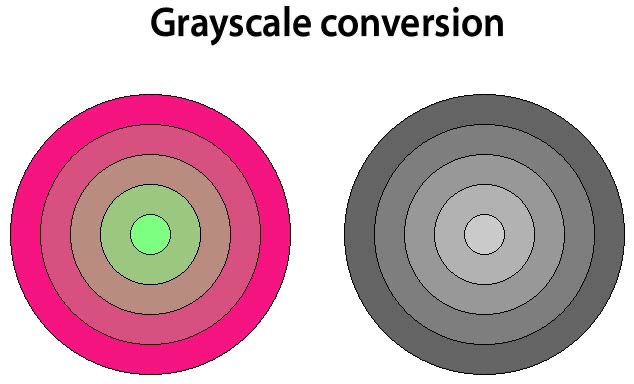Image preprocessing is a crucial step in computer vision that involves preparing raw images for analysis by enhancing their quality, reducing noise, and extracting relevant features. It helps improve the performance and efficiency of subsequent image processing and analysis tasks. Here’s an overview of common image preprocessing techniques:
Image Preprocessing Techniques
- Resizing and Rescaling
- Adjusting the size and scale of images to a standard resolution or aspect ratio.
- Resizing can help reduce computational complexity and ensure consistency across images in a dataset.
- Normalisation
- Scaling pixel values to a common range, such as [0, 1] or [-1, 1], to make images comparable and facilitate convergence during training.
- Normalization helps prevent issues like vanishing or exploding gradients in deep learning mode
- Grayscale Conversion
- Converting color images to grayscale by averaging pixel values across color channels.
- Grayscale images reduce computational complexity and focus on intensity variations, which can be useful for certain tasks like edge detection and texture analysis.

- Histogram Equalisation
- Enhancing the contrast and dynamic range of images by redistributing pixel intensities using histogram equalization techniques.
- Histogram equalization improves the visual appearance of images and enhances details in dark or light regions.
- Noise Reduction
- Removing noise and artifacts from images using denoising filters such as Gaussian blur, median blur, or bilateral filter.
- Noise reduction techniques help improve the clarity and sharpness of images, particularly in low-light conditions or noisy environments.
- Edge Detection
- Detecting and enhancing edges or contours in images using techniques like Sobel, Canny, or Prewitt edge detection.
- Edge detection is useful for feature extraction, object localization, and image segmentation tasks.
- Image Cropping:
- Removing irrelevant or distracting parts of an image to focus on the region of interest.
- Cropping helps improve the composition and framing of images and removes unnecessary background clutter.
- Image Augmentation:
- Introducing variations in images through techniques such as rotation, translation, scaling, flipping, and brightness adjustments.
- Image augmentation helps increase the diversity of the training dataset and improves the generalization ability of machine learning models.
- Color Space Conversion
- Converting images between different color spaces, such as RGB, HSV, LAB, or YUV, to better capture color information and separate color channels.
- Color space conversion can enhance specific color features and improve the discriminative power of image representations.
- Region of Interest (ROI) Extraction:
- Identifying and extracting specific regions or objects of interest within an image for further analysis.
- ROI extraction helps focus computational resources on relevant areas and improves the efficiency of downstream tasks.
Image preprocessing techniques can be applied individually or in combination depending on the requirements of the specific computer vision application and the characteristics of the input images. Effective image preprocessing enhances the quality, interpretability, and robustness of image analysis algorithms and facilitates accurate and reliable results.